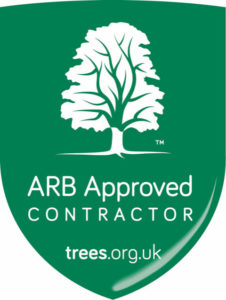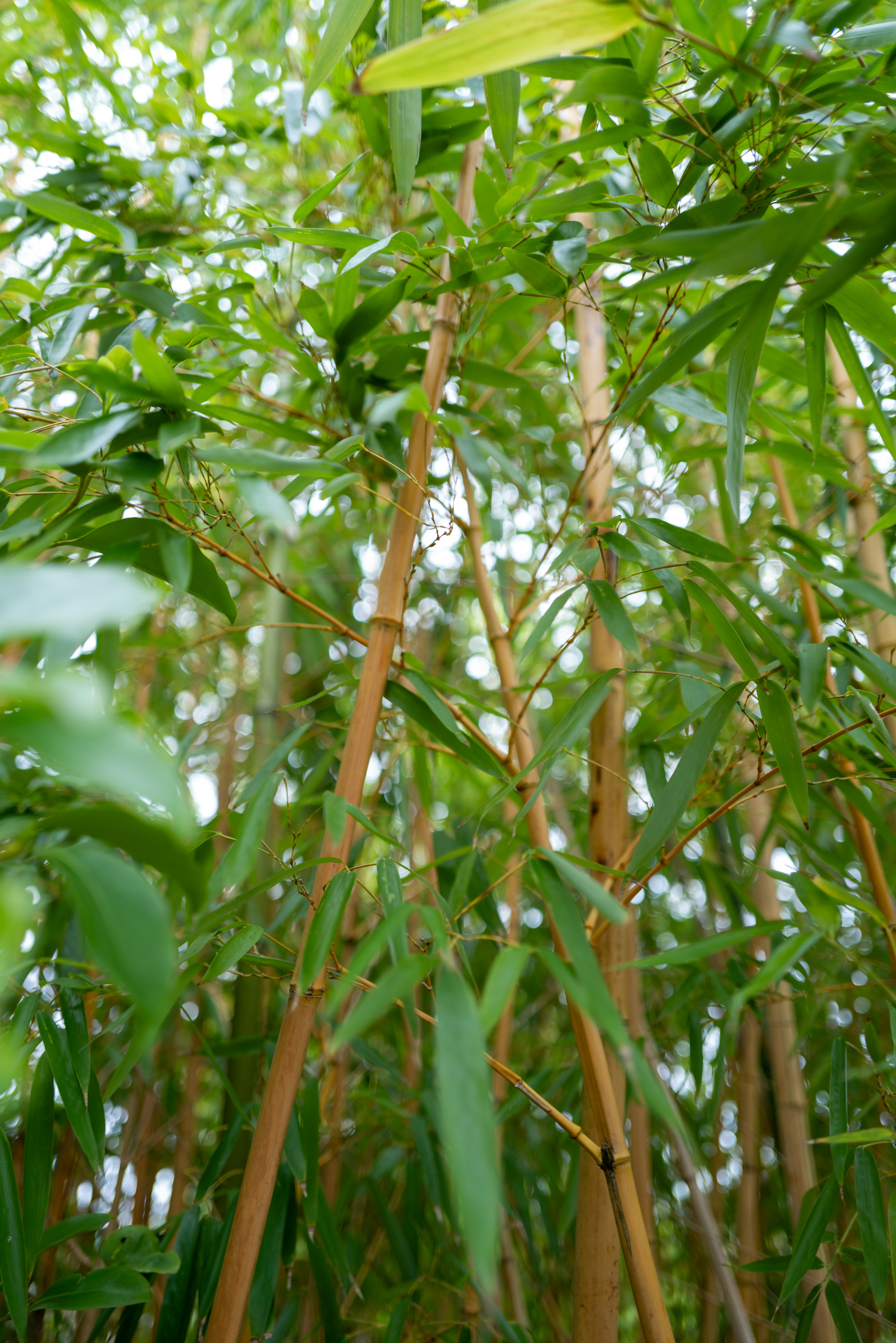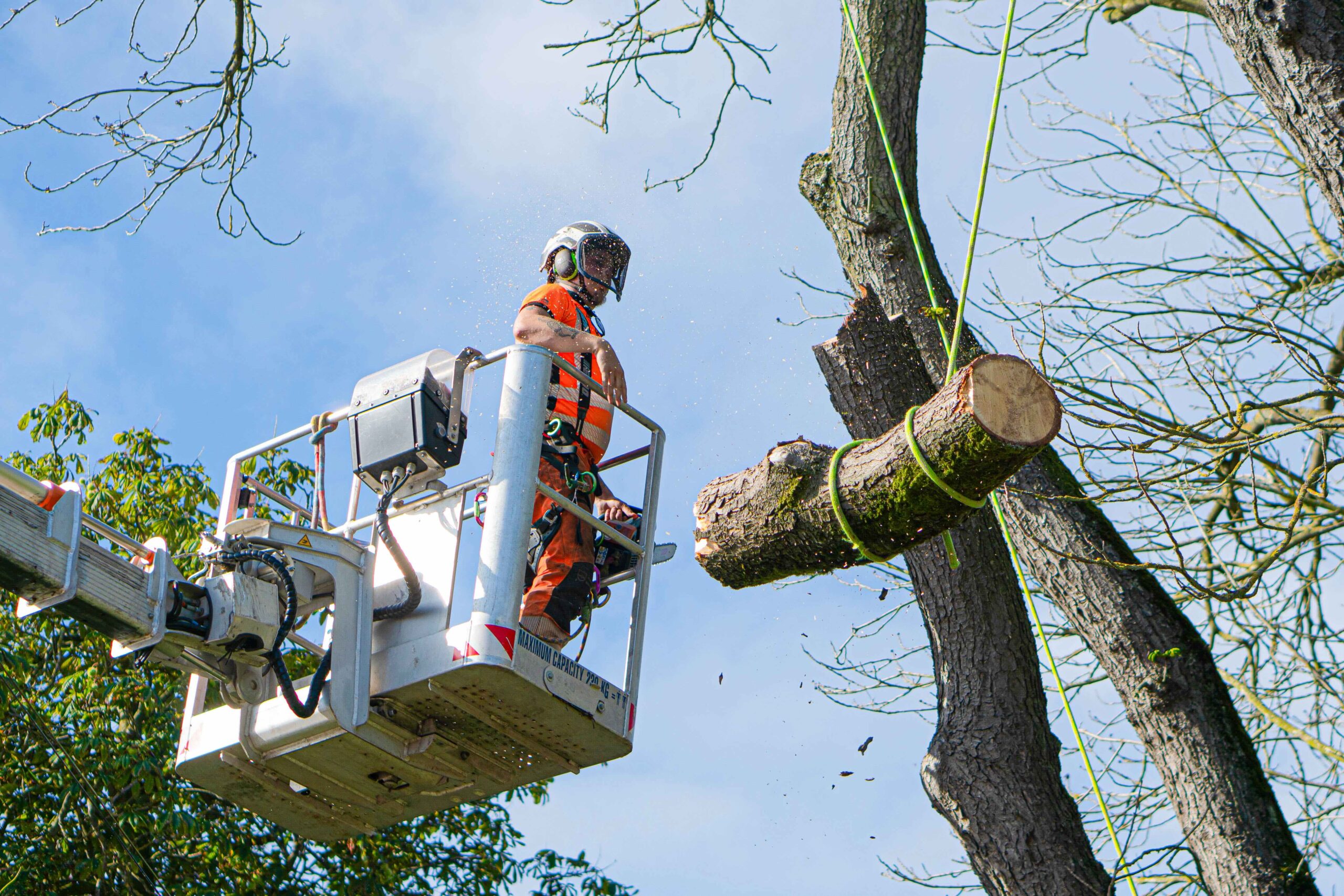Bamboo is actually quite a popular plant amongst people who may be oblivious to the risks it can pose. Despite being an invasive, volatile species, it seems to have maintained a good rep for its appearance and seemingly low-maintenance features.
Bamboo is often favoured by landscapers for contemporary or Japanese-themed gardens. Because of its rapid growth rate, durability and density, it’s a well – known option for a natural, low-maintenance, privacy screen in gardens. In fact, bamboo is one of the fastest-growing plants on the planet, with a sophisticated root system that helps it grow quickly in both height and width.
This astounding growth rate is exactly where problems can start when growing it in your garden.
Why is bamboo so invasive?
The intrusiveness of bamboo stems from its complex root systems, made up of nodes called rhizomes. In certain species of bamboo, rhizomes can spread from their parent plant and grow an entirely new shoot far away from their original planting area. In running bamboo, the root systems spread horizontally and birth new shoots, allowing them to colonise quickly and efficiently.
Bamboo can also be a nuisance because of its density. When established, some species can form an opaque thicket around other plants to rob sunlight, water and nutrients from other native vegetation, reducing local biodiversity. This also reduces the number of trees and shrubs birds can use as nesting spots during the summer.
Finally, it can prove extremely difficult to remove. Cutting down what you can see of bamboo won’t be enough; effective removal often involves mechanical excavation of the entire root system, otherwise it’ll come straight back. Complete removal can be a labour-intensive job dependent on the level of infestation.
With all of the potential problems that bamboo can cause, it’s no wonder gardeners and landscapers prefer to stay away from it. Bamboo infestations are best treated by an expert. Contact us via phone or enquiry form to arrange removal from our team of bamboo removal specialists.
What’s the difference between clumping and running bamboo?
Clumping bamboo
Clumping bamboo has ‘sympodial’ rhizomes, meaning that nodes from the roots grow in clusters that can easily be identified by their growth in unruly, dense ‘clumps’. The root system tends to stay close to the parent plant, meaning they spread a lot more slowly than running bamboo. This makes it a more popular choice for landscapers, but it’s not to say that this species doesn’t also come with its own issues.
Clumping bamboo does not spread as aggressively as its relative species but is forceful about where it wants to grow. Clumping bamboo could still cause damage to your property by growing upwards through patios or driveways.
Running bamboo
Running bamboo is known as the more aggressively-spreading of the species. Its appearance differs greatly from clumping bamboo as it appears to be straighter and neater, forming a tidy privacy screen when it has been established. Its rhizomes are known as ‘monopodial’, meaning that its root systems will extend rapidly, ‘running’ outwards.
This root system is much more likely to digress from its planting area, with longer rhizomes to increase reach. The roots can also spread into neighbouring properties, known as ‘encroachment’. This can pose potential legal issues such as compensation demands if an infestation spreads into your neighbour’s property.
While clumping bamboo is more hardy and forceful on concrete and brick, running bamboo poses more of a risk of running wild across your property and neighbouring homes. Both can be risky to plant in your garden if you’re not sure how to control them.
How can I remove bamboo from my garden?
The best course of action for removing bamboo is to consult a professional to survey the area, assess the infestation, and determine the best treatment options. There’s a range of techniques for bamboo removal, but many are too strenuous or complicated for a DIY approach.
Bamboo barriers
Barriers are a popular technique for controlling the growth of bamboo as opposed to removing it. However, they are far from fool-proof. A barrier installation’s success depends on the type of bamboo, the material used, the length and the depth of the barrier, and its position relative to the bamboo. Professional installation is available, but at a high price. Even paying for an installation doesn’t guarantee durability of the barrier, which may prove your investment to be worthless.
Herbicide
Chemical treatments are also available for bamboo, but they can prove time-consuming and can only really control bamboo growth rate with regular application and maintenance. It can take up to three years to get the infestation under control. Herbicides also pose a risk to the environment, particularly when sprayed near water. This method may not be suitable for a homeowner with precious foliage near the bamboo infestation, as they would be at risk of damage from the pesticide sprayed nearby.
Extraction
At Dr Stump, we exclusively use mechanical excavation as the most infallible technique for removing a bamboo infestation. We extract the root system from below the ground and disassemble the rhizomes to prevent further spread. It’s the best choice for immediate eradication of the issue and doesn’t require long-term maintenance for results. The quick turnaround time also prevents infestation from getting worse. This technique is considered the fastest and most effective and generally has a high success rate when done by professionals.
How much does bamboo removal cost?
The cost of bamboo removal can vary greatly depending on the type of bamboo, level of infestation, location, and method of removal. The average price for removal can be anywhere from £1250 to £12,000. For larger scale jobs, you may need to pay the additional cost of repair or replacement to fencing, decking, patios, garden structures and neighbouring properties that have been damaged from the infestation.
Chat to the experts
At Dr Stump, we can provide a free, no obligation quotation, and take you through the plan of action for the job. As the bamboo removal specialists, we’ll use industry specific equipment to thoroughly remove the bamboo and its entire root system, preventing reinfestation. We’ll also return free of charge if you spot any signs of bamboo regrowth. Contact us today to arrange a stress free professional bamboo removal.




